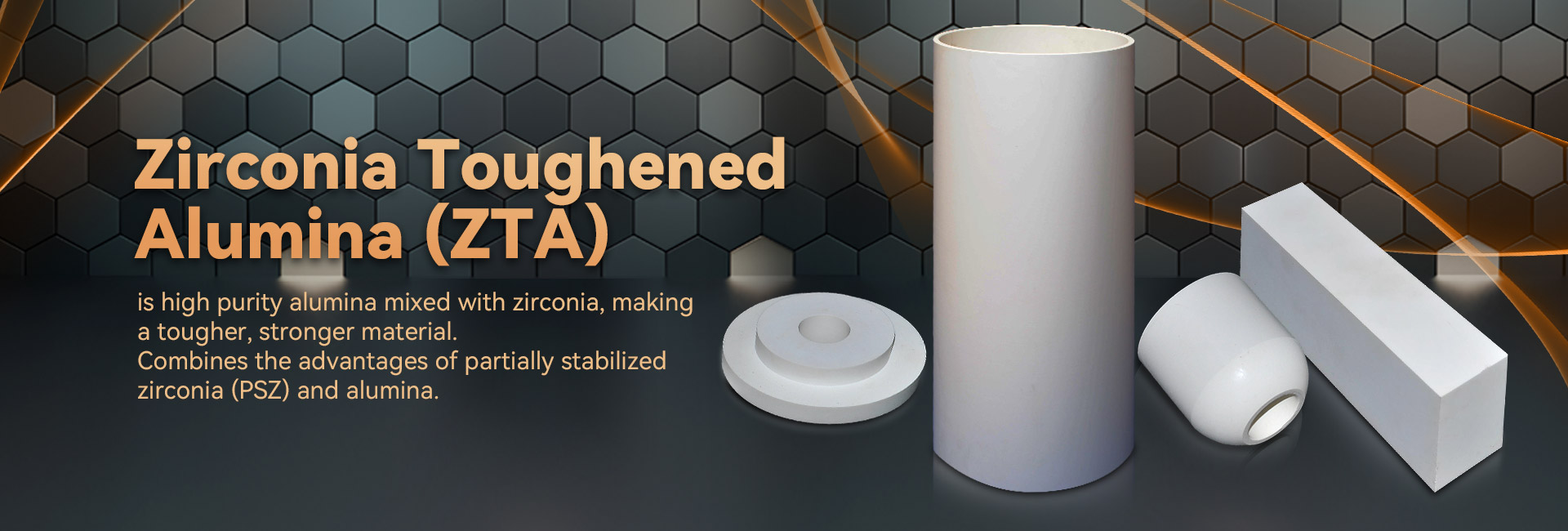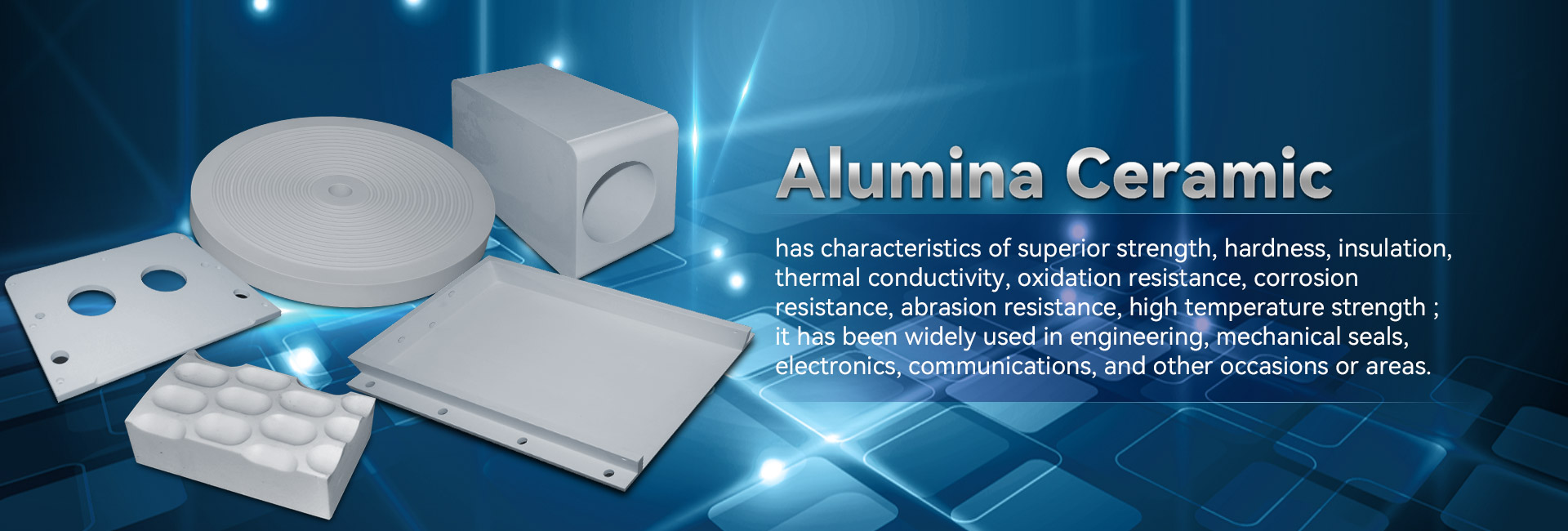
Technological ceramic demonstrate exceptional structural attributes, making them perfect for a expansive collection of purposes. Emerging from aeronautical and driving to electronics, these materials are incessantly growing to fulfill the needs of ceramic bar a state-of-the-art environment.
- Their toughness and immunity to rigorous climates make them pivotal for state-of-the-art machinery.
- Additionally, technical ceramics furnish positive attributes in terms of durability, boosting the progress of state-of-the-art solutions.
Forming Materials: Created for Unmatched Performance
Crafted ceramics shine in severe operations due to their exceptional qualities. Formed from chosen raw materials and exposed to stringent processing techniques, these advanced compounds offer innovative toughness, wear resistance, and endurance to critical thermal states, decay, and abrasion. From aerospace modules to carving tools, industrial ceramics offer remarkable output across multiple specialties. Their pliability allows enduring inimical places, assuring persistence and trustworthiness. As refinement progresses, the desire for high-performance elements grows, cementing the major part of industrial ceramics in shaping a fortified tomorrow.
Advanced Ceramics: Reaching Compound Confines
Material, revealing extraordinary strength and tenacity, are encountering a shift. Modern ceramics, developed with meticulous control over their makeup and minute arrangement, transcending the confines of what is possible. These elements present a diverse assortment of qualities, qualifying them advantageous for hard fields such as outer space, medical domain, and sustainable power. From slender parts that persist through extreme hotness to bio-tolerant implants that unite naturally with the living system, advanced ceramics are revolutionizing our reality.
Fine Ceramic Crafting: Achieving Focused Needs
Technical ceramic fabrication has grown substantially in recent years, granting the fabrication of complex and highly workable ceramic elements. These elements are essential across a comprehensive range of fields, including astronautics, biomedical, and tech domains. Attaining the demanding conditions for these applications calls for detailed fabrication methods that maintain dimensional rightness, surface finish, and material features. Leading ceramic fabrication processes employ several methods, including slip casting, injection molding, and additive manufacturing. These strategies support the construction of intricate configurations and exact traits with unparalleled reliability. What's more, advances in substance science have caused new ceramic structures endowed with strengthened facets. These forms boast increased endurance, endurance, and tolerance to intense heat conditions, making possible their use in demanding sectors.
The potential for accurate ceramic fabrication are significant. As experiments and refinement proceed, we can expect even more sophisticated practices and ceramics that will also expand the margins of what is feasible in this domain.
Top-Performing Ceramic Products for Rugged Conditions
Ceramic composites possess extraordinary hardness and stamina against adverse circumstances, making them recommended for critical deployments in energy spaces. These advanced ceramics can face intense environmental loads, resist oxidation, and continue their performance under demanding stress loads. Their exceptional nanostructural properties enable robust effectiveness in extreme conditions, including fireplaces, aero engines, and atomic reactors.
- Ceramic matrix composites
- Thermal endurance
- Mass reduction
Advanced Composites: Consolidating Power and Performance
Blended materials convey a significant mix of mechanical resilience and distinct specialized characteristics. Through the combining of ceramic bits within a framework, these ceramics achieve exceptional performance. This blend results in heightened tolerance against high heat, wearing, and chemical degradation, rendering them fit for challenging tasks in astronautics, motor industry, and fuel fields. Furthermore, ceramic composites are adapted to possess exclusive properties like electrical conductivity or biocompatibility, enlarging their scope across diverse sectors.
Detailed Control in Next-Generation Ceramics
Attaining desired specifications in state-of-the-art ceramics frequently entails careful regulation over their microstructure. Countless manufacturing criteria, including sintering heat level, interval, and atmosphere, alongside the addition of dopants or supporting phases, meaningfully affect the organization of granules, void fraction, and other microstructural aspects. Rigorous adaptation of these elements allows for the improvement of resilience, fracture resistance, and thermoelectric conductivity. Specifically, lifting the sintering temperature can promote grain development, thus increasing mass concentration and improving mechanical effectiveness. Conversely, modulating the firing atmosphere may shift the oxidation level of the ceramic, thereby influencing its electrical impedance or magnetic traits. Grasping these relationships between microstructure and properties is fundamental for engineering advanced ceramics with customized performance suitable for inclusive roles.
Scratching-Resistant Ceramics: Elevating Robustness
Within demanding factory markets, where elements are exposed to constant grinding and wearing, materials with remarkable abrasion resistance are vitally necessary. Wear-resistant ceramics have emerged as a key fix, delivering unparalleled strength and operation in diverse realms such as industry, mining, and aerospace. These progressive ceramics possess a distinctive texture that strengthens their ability to defy wear. By using the essential fortitude and mass of ceramic substances, engineers can manufacture durable modules capable of bearing the most harsh operating settings.
Biocompatible Compounds: Purposes in Health Industry
Bioinert ceramics have remodeled the health realm, presenting an array of helpful benefits for diverse uses. These ceramics are bioinert within the organism, minimizing immune responses and promoting restoration. A prime mission for biocompatible ceramics is in joint prostheses, where their tenacity sustains long-lasting hold to damaged biological tissues.
Besides, they are deployed in tooth replacement, delivering a durable and lovely solution for prosthetic teeth. Ceramics also serve a key task in pharmaceutical applications, permitting the targeted application of therapeutics to specific targets within the physiology.
- Additionally, biocompatible ceramics are increasingly being examined for wound care, serving as a framework for repair.
- Consequently, the horizon of biocompatible ceramics in healthcare looks positive, with continual investigations expanding their roles.
Intelligent Ceramic Sensors: Driving Consistent Observations
Sensitive ceramic devices have developed as vital constitutents across a inclusive array of industries. These tools capitalize on the unique features of ceramic coatings to deliver highly consistent observations. Their toughness in {demanding|harsh| 